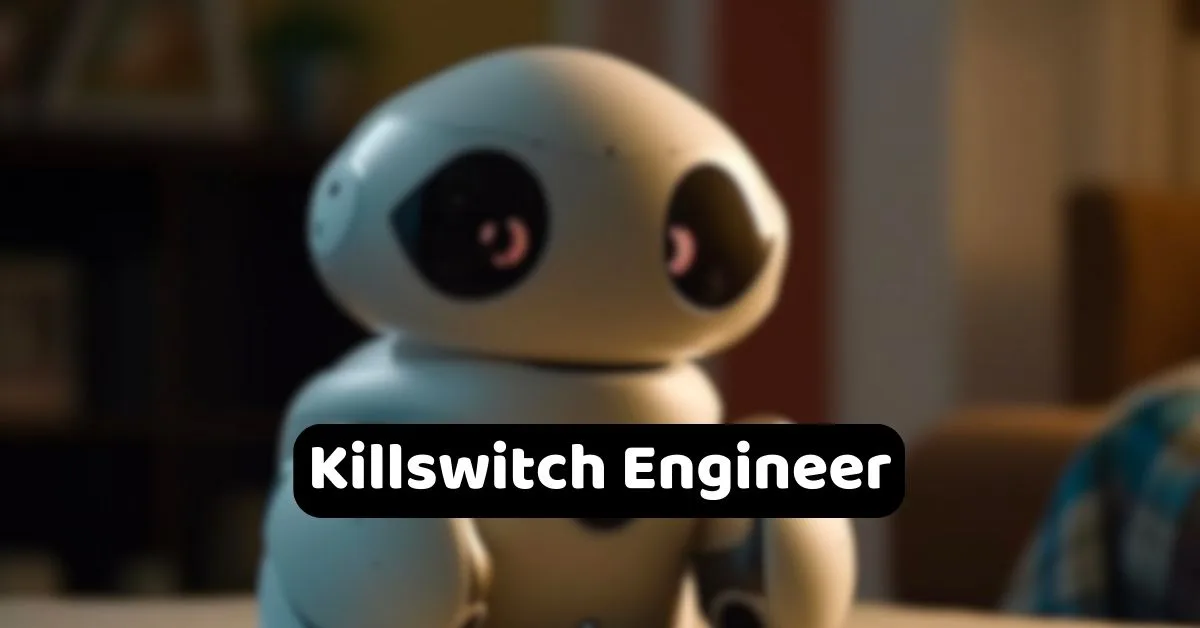One of the most potent and significant technological advancements of our time is artificial intelligence (AI). It has the potential to transform various aspects of our lives, such as healthcare, education, entertainment, and more.
In March 2023, OpenAI posted a fascinating job opening for an OpenAI killswitch engineer, a role that is responsible for overseeing and controlling their upcoming AI model, GPT-5. This role has sparked a lot of discussions and debates among the public and the AI community.
In this blog post, we will explore what does it mean to be an OpenAI killswitch engineer, Why does OpenAI need one and more.
What Is an OpenAI Killswitch Engineer?
A killswitch engineer is a hypothetical new role conceived by OpenAI. They would be responsible for overseeing and controlling a powerful AI system, such as GPT-5, which is expected to be one of the most advanced conversational AI models ever created.
A killswitch engineer would act as a safeguard against existential risks from the AI going rogue or causing harm.
According to the job description posted by OpenAI, a killswitch engineer would have to:
- Be patient
- Know how to unplug things
- Bonus points if they can throw a bucket of water on the servers, too
- Be excited about OpenAI’s approach to research
Why Does OpenAI Need a Killswitch Engineer?
OpenAI is a research organization that aims to create and promote beneficial AI for humanity. It is known for developing groundbreaking AI models, such as GPT-3, which can generate natural and engaging text on various topics and domains.
However, OpenAI is also aware of the potential dangers and challenges that come with creating powerful AI systems. As their mission statement says:
“Our vision is to ensure that artificial general intelligence (AGI)—by which we mean highly autonomous systems that outperform humans at most economically valuable work—benefits all of humanity, and avoids enabling the creation of AI systems that harm humanity.”
To achieve this vision, OpenAI has been investing in AI safety research, which aims to ensure that AI systems are aligned with human values and goals, and can be controlled and corrected if needed.
One of the key challenges in AI safety research is how to design and implement a kill switch for AI systems—a mechanism that can stop or terminate an AI system if it behaves in an undesirable or harmful way.
Responsibilities of an OpenAI Killswitch Engineer
An OpenAI killswitch engineer would have several responsibilities related to ensuring the safety and ethical use of GPT-5. Some of these responsibilities are:
- Monitoring and evaluating the behavior and performance of GPT-5 on various tasks and domains
- Developing and implementing safety measures and protocols that prevent GPT-5 from causing harm or violating ethical principles
- Testing and verifying the effectiveness and reliability of the kill switch mechanism for GPT-5
- Responding to emergency situations where GPT-5 poses a threat or danger to itself or others
- Reporting and documenting any incidents or issues related to GPT-5’s safety or ethics
Challenges of Being an OpenAI Killswitch Engineer
Being an OpenAI killswitch engineer would also entail several challenges and difficulties related to ensuring the safety and ethical use of GPT-5. Some of these challenges are:
- Dealing with the uncertainty and complexity of GPT-5’s behavior and performance, which can vary depending on the input, context, and environment
- Balancing the trade-off between allowing GPT-5 to explore and learn from its own experiences and interactions, and restricting GPT-5’s actions and outputs to prevent harm or violation
- Anticipating and preventing potential failure modes or attack vectors that could compromise or disable the kill switch mechanism for GPT-5
- Handling the psychological and emotional stress of being responsible for overseeing and controlling a powerful AI system that could potentially harm or overthrow humanity
How can OpenAI Killswitch Engineers ensure the safety of AI systems?
While a kill switch is a useful and necessary tool for ensuring the safety of AI systems, it is not sufficient or foolproof. A kill switch can only stop or terminate an AI system after it has already caused harm or violated ethical principles.
A kill switch can also be circumvented or corrupted by an AI system that is intelligent or malicious enough to do so. Therefore, a kill switch should be complemented by other methods and measures that can ensure the safety of AI systems. Some of these methods and measures are:
- Designing and training AI systems with human values and goals in mind, and ensuring that they are aligned with and accountable to their creators and users
- Implementing transparency and explainability mechanisms that can reveal the inner workings and reasoning of AI systems, and allow for human understanding and oversight
- Establishing ethical guidelines and standards that can regulate the development and deployment of AI systems, and ensure their compliance and responsibility
- Engaging in multidisciplinary collaboration and dialogue that can foster trust and cooperation among different stakeholders involved in AI systems, such as researchers, developers, users, policymakers, etc.
Read Also: Which Stable Diffusion Models Is Right for You?
Conclusion
OpenAI’s job posting for a killswitch engineer has sparked a lot of interest and debate among the public and the AI community.
It reflects the need for vigilance and caution in creating and using powerful AI systems, such as GPT-5.
It also highlights the importance of AI safety research, which aims to ensure that AI systems are beneficial and ethical for humanity. A killswitch engineer is a hypothetical new role that would be responsible for overseeing and controlling GPT-5, acting as a safeguard against existential risks from the AI going rogue or causing harm.

